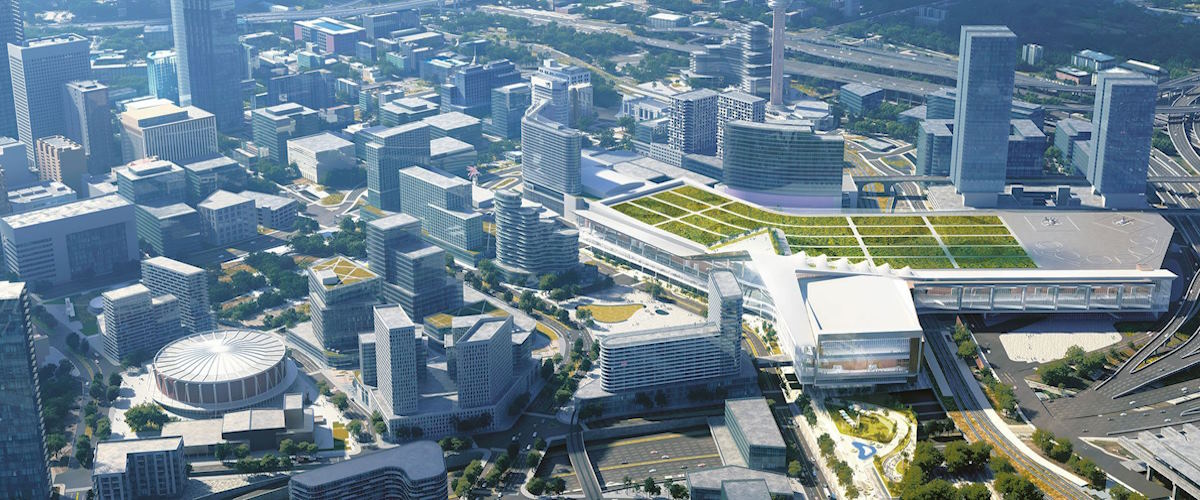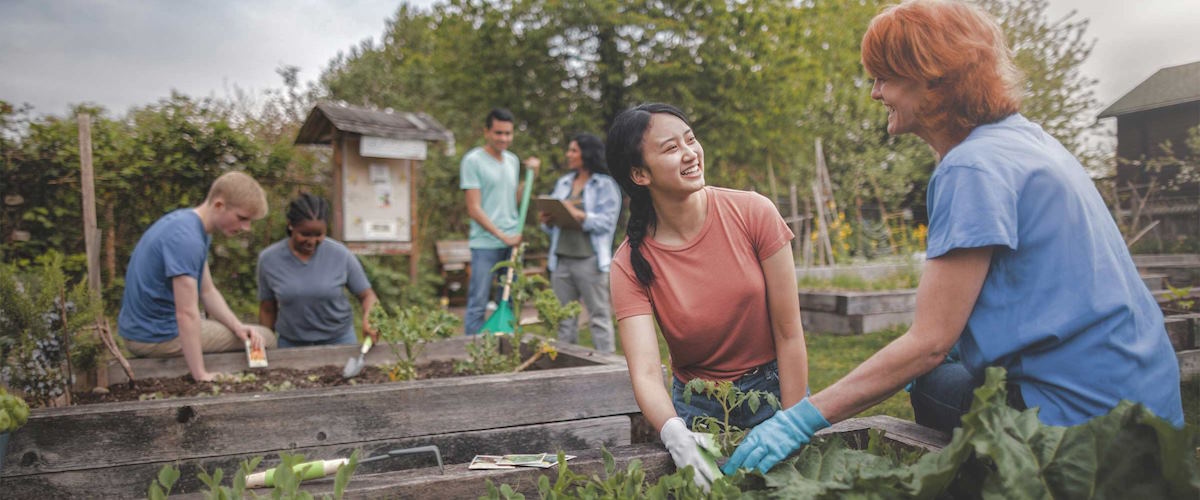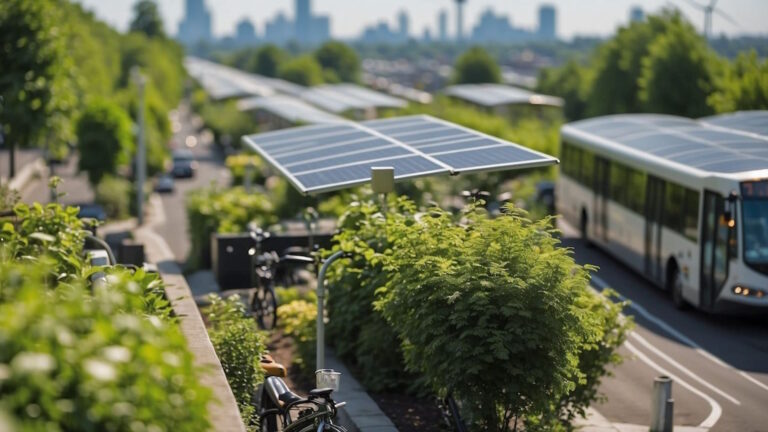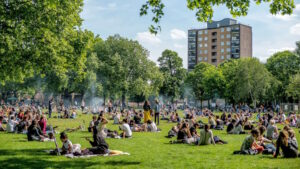Planning and decision-making processes that involve these communities can help guarantee that development projects are considerate of their needs and priorities. In addition, community engagement gives locals a platform to express their hopes and worries for their communities, which can direct development more equitably and sustainably. Adaptive reuse is one way to achieve a balancing urban expansion and green spaces development and preservation.
Community Involvement:
Contemporary urban planning values community feedback. Participating in forums, surveys, and public meetings with locals, business owners, and stakeholders guarantees that the plans consider the needs and goals of the community. Include the smart growth principles in community planning. Residents’ feedback can provide valuable information about local needs and preferences. Engaged communities are more likely to support long-term initiatives.

Mixed-use developments
Mixed-use developments combine residential, commercial, and recreational spaces within the same neighbourhood. This approach fosters community and reduces the need for long commutes, resulting in lower carbon emissions and traffic congestion.
Improved Quality of Life
Sustainable urban development seeks to improve the quality of life for residents. Green spaces, clean air, and easy access to public transport all help to make communities healthier and happier.
Cultural heritage sites, such as the French Quarter in New Orleans, represent the distinct essence of their respective communities and serve as a pillar of preserving cultural heritage while promoting development. In addition to being popular tourist destinations, these places serve as centres of community life and regional customs.
Law and Public Policy:
Laws, like the National Historic Preservation Act in the US, enable localities to preserve their historical resources while allowing for expansion. This act has played a role in numerous historical buildings and locations.

Improve access to resilient and affordable urban services and infrastructure.
Inequality and climate action should be unseparated as they improve access to urban services and infrastructure and can address the multifaceted challenges of rising urban emissions, the urban services divide, and vulnerability to climate risk. Cities must prioritise closing the urban services gap, which affects poor and marginalised communities, making them vulnerable to climate hazards and environmental pollutants.
Create formal and informal open spaces.
In addition to providing recreational opportunities, gathering places, and nature for wildlife species, incorporating formal and informal open spaces into local communities promotes a sense of place.
It is applicable in both urban and rural settings. Public green spaces, playgrounds, recreation fields, and pathways are important gathering places for urban residents. In rural areas, however, it is challenging to maintain access to undeveloped land for traditional activities such as hiking, skiing, hunting, fishing, paddling, and snowmobiling.




